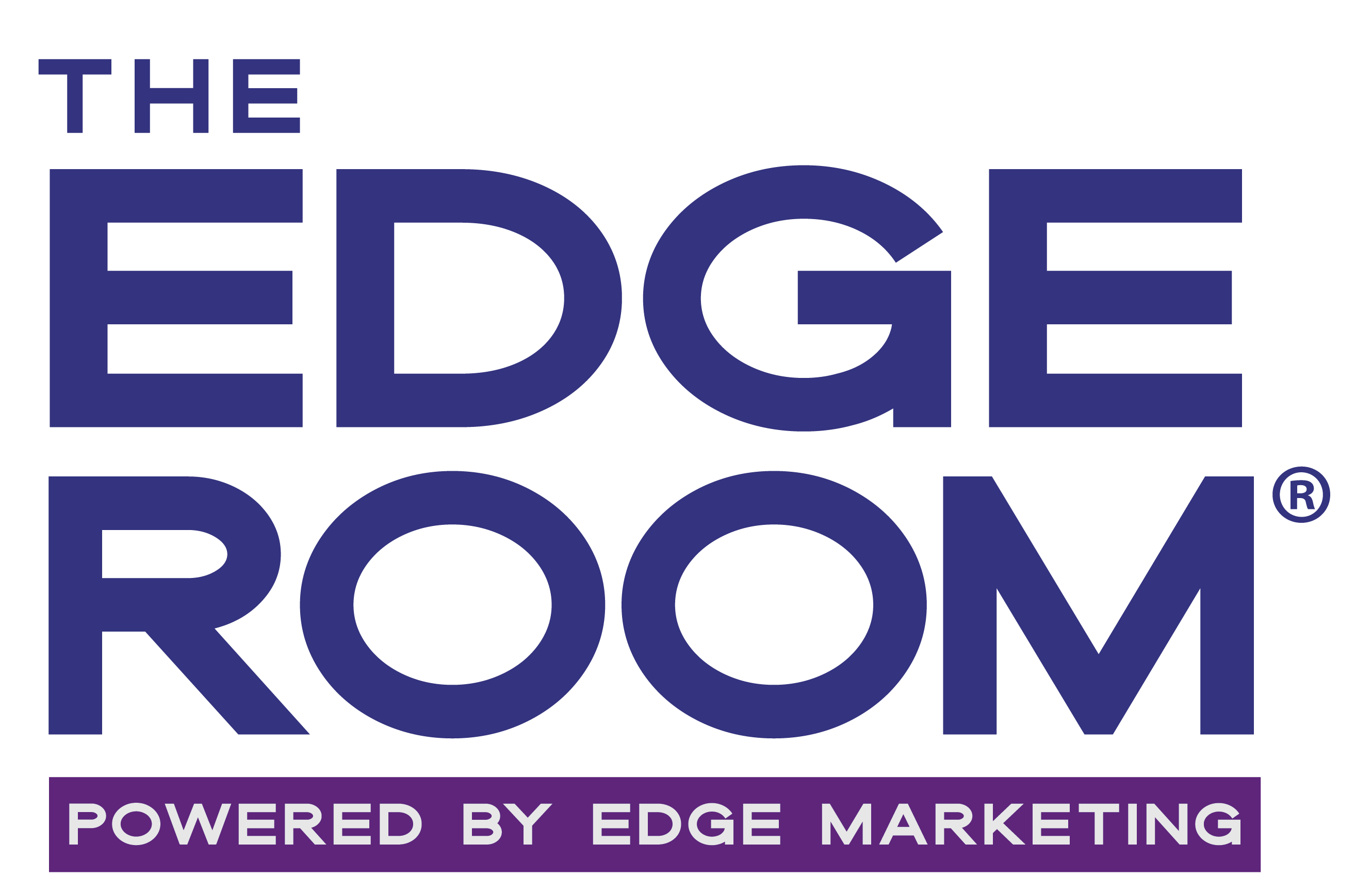Attorneys are starting to deal more and more with digital tools to help prosecute and defend cases. A crucial part of any legal case is the discovery phase. Discovery is when both sides of a case gather all of the witnesses, evidence, and testimonies relevant to the case. This helps avoid surprise ambush moments in a case and is a key part of a fair trial.
One of the biggest problems with discovery is the growing amount of digital evidence in cases. It’s not uncommon for evidence to include texts, emails, direct messages, and other digital content. Electronic discovery, also known as eDiscovery, involves sorting through potential terabytes of information within a case to find relevant information.
The size of eDiscovery can change depending on the size and scope of the case. On average, a U.S. civil case will contain over 130 gigabytes of information. To put that into perspective, 3 GB of information is required to stream a film in HD on a streaming service like Netflix for an hour. That means that the average eDiscovery for a civil case is the same amount of information as streaming a film in HD for almost two days straight.
It can be difficult to sift through the piles of emails, databases, and documents involved in eDiscovery, and it only gets more complicated if the documents are in another language. That’s where multilingual eDiscovery software comes into play.
eDiscovery software helps in the legal discovery process by making it easy to sort, search, and understand each piece of potential information.
What Is Included in eDiscovery?
eDiscovery covers more than just email. It can include any digital communication or document, also known as electronically stored information (ESI). This can be:
- Digital photographs and video
- Mobile data
- Electronic databases
- Text messages
- Slack and other group messaging apps and programs
- Direct and instant messaging in apps and programs
- Cloud-based documents
- Word processing documents
- Spreadsheets
- Call logs
ESI can be retrieved from a wide variety of sources. Anywhere a file or document is stored can be part of the eDiscovery process. This can include:
- Hard drives
- Company networks
- Thumb (USB drives)
- Mobile devices, including phones and tablets
- Smart devices
- Social media
- Online forums or websites
Why Use eDiscovery Software?
eDiscovery translation software helps automate common discovery steps and provides legal teams a better tool in handling large quantities of digital information. The software completes time-intensive work and automatically goes through data investigation, file indexing, virus scanning, and translation. The software does this through various applications and processes, preparing documents for discovery almost instantaneously.
Once the information is uploaded, translated, and cataloged, legal teams can begin reviewing the data. Because the information is digital and has been indexed by the eDiscovery software, it is easy to search and sort through information using metadata fields. This helps legal teams quickly find information relevant to the case. It also does the critical job of allowing teams to quickly remove files or documents that are not relevant to discovery.
SYSTRAN helps with multilingual eDiscovery. With a continually growing global economy, it’s not uncommon for cases to involve documents, programs, or files that need to be translated. Rather than adding even more time to the eDiscovery process to deal with translating each document, SYSTRAN can translate and manage digital files as part of the discovery process. This automated translation helps legal teams save time and find relevant information even if documentation was created in a different language.
How Does eDiscovery Work With SYSTRAN?
SYSTRAN uses a machine translation solution. That means we go beyond just word-for-word translation, using a mix of machine learning, artificial intelligence, and human experience to create a revolutionizing eDiscovery service.
Translating with AI helps tackle complex tasks while still considering the nuances and subtleties involved with translation. This only becomes more complex with eDiscovery because there is a wide diversity of inputs, document size, sentence structure, and even grammatical correctness to take into account.
For example, it can be easy to translate a sentence like, “Are you home yet?” into other languages because it is a full sentence. But how do you deal with a short-handed text where someone texts, “u home”? There’s no subject. There’s no object. No punctuation even shows that it’s a sentence. It’s a single letter and a noun, so how can that be translated? That’s where machine learning comes into play.
Machine learning allows programs to learn and develop beyond their initial programming. Traditional translation software acts like a language-to-language dictionary. If the program encounters the word “hola,” it searches the databases and translates it to “hello.” This works great for formal writing, but what happens when people misspell, use incorrect grammar, or abbreviate?
For basic translation programs, they can’t translate if a word isn’t in their established dictionary. But that’s where machine-learning AI makes a difference. Machine learning takes those unique, abnormal situations and uses them to expand beyond its original programming.
The first time a machine learning translation software encounters an abbreviation like “pq,” it might have a hard time translating it. It has no direct translation. It doesn’t even look like a word, so it can be a struggle to translate. However, once the AI learns that “pq” is an abbreviation for “por que,” it’s automatically added to the dictionary database. It will quickly translate “pq” to “why” the next time it’s encountered.
With machine learning, the more translation a program is used in, the more experienced it becomes. With over 5 billion words translated daily, SYSTRAN’s machine learning translation program continuously improves and makes translation in the eDiscovery process easier.
See why @LanguageWeaver is the proven secure machine translation solution that protects your organization at every step, while delivering significant business value.
- Robust user access and client data security.
- Speedy outcomes with superior document handling and processing.
- Improved collaboration between international teams working on multilingual data.
- Seamless integration – no complicated, error-prone overhaul of systems.
- Continuously learning AI technology enhance performance and efficiency over time.
Infuse AI advantage into the legal sector with Language Weaver.
Explore further: RWS Language Weaver
We’re offering a free marketing consultation and a 20% discount on the first month of our services, focusing on boosting your online presence and connecting you with your ideal clients.

Legal practitioners will always be required for their nuanced expertise and inherent understanding of the law. But through embracing AI-powered machine learning tools, their organizations can greatly assist them in deploying their specialized skills at much greater efficiency and value to global clients.
Read our ebook as we explore machine translation as an important component of any legal toolkit, and where it can deliver value to your organization and your clients.
The latest Filevine user benchmark report hammered home one key fact:
ONE Portal to Manage Enterprise eDiscovery Projects!
PRODUCE WINNING ARGUMENTS, SEAMLESSLY
Law In Order and LEXEL collaborate to offer everything you need to run successful litigations, arbitrations or mediations.
Law In Order’s award-winning eHearings team comprises experienced lawyers, paralegals, senior IT professionals, legal consultants, and project managers, who help you design and deploy customized solutions to meet your next hearing’s requirements. Law In Order’s eHearings team is Australia’s largest and has in-depth knowledge of hearing rooms and relevant technologies
Connect with your case team on the LEXEL platform to collaborate on key documents, transcripts, insights, themes and strategies anywhere. From the early stages of evaluating a matter, to preparing the brief and beyond, LEXEL’s toolbox for annotations, full-text search, reports, messaging and collaboration helps legal professionals quickly illuminate the most compelling case themes.
Whether you are setting up a hearing room, running a case remotely or presenting your electronic evidence, Law In Order’s award-winning eHearings team, combined with LEXEL’s world-class case analysis and trial preparation platform enable you to produce winning arguments, seamlessly.
To learn more, download our brochure and be sure to visit our Booth, 1129.
We solve complex legal, regulatory, and data challenges for our clients around the world by leveraging our proprietary software backed by 24/7/365 support. We accomplish this through bespoke technologies and solutions that support you with litigation, investigation, compliance, and recovery from data loss.



